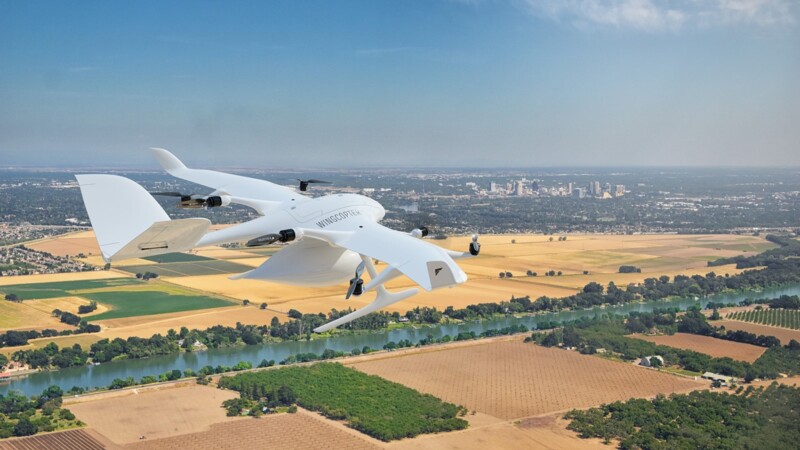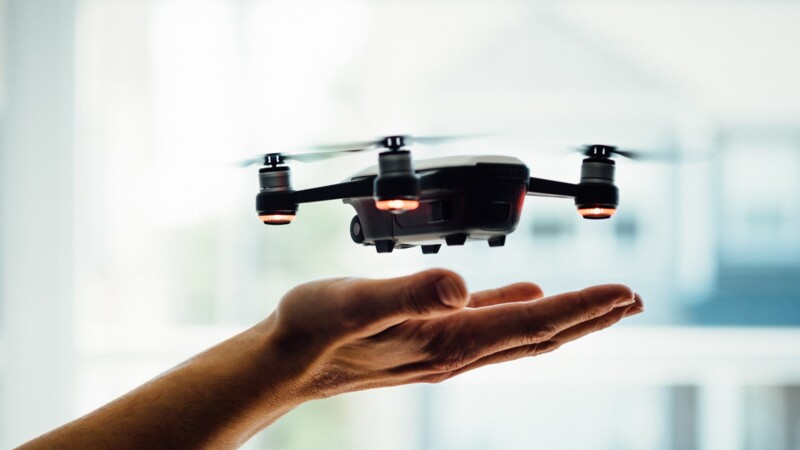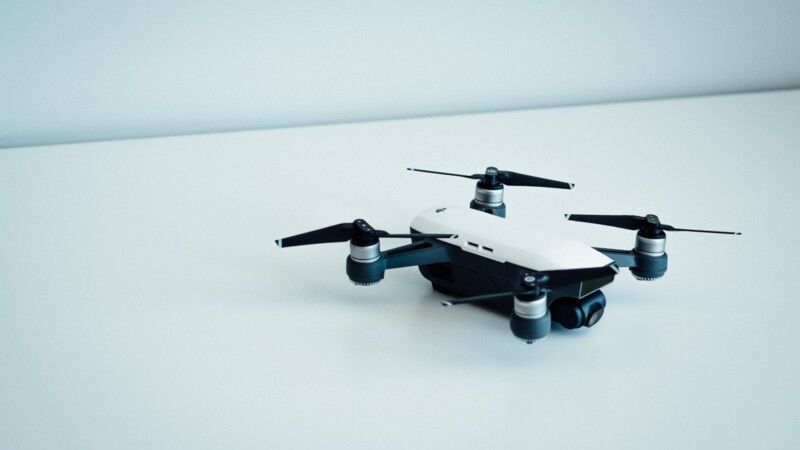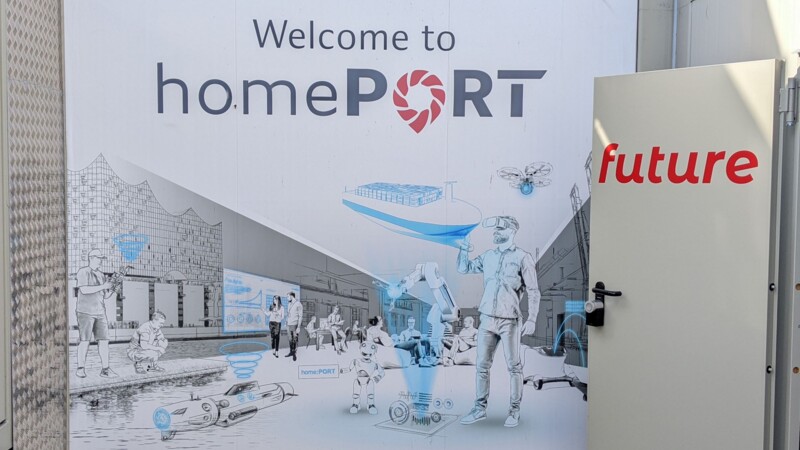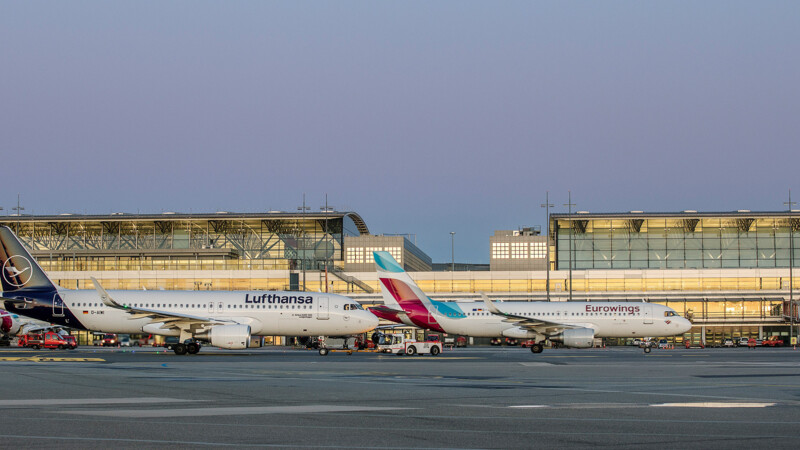They inspect, identify, deliver, rescue and protect: "Drones offer a multitude of new areas of application and immense commercial and social potential," says the Federal Ministry for Digital and Transport. Linkewise, an analysis of the German drone market by the Federal Association of the German Aviation Industry predicts that "the German drone market will grow from 840 million euros to over 1.6 billion euros by 2025, which corresponds to an annual average growth rate of 14.5 per cent. This growth will be driven primarily by the commercial market."
Hamburg as EU model region for drones
Hamburg is shaping the future of drones
Hamburg's drone economy
As one of the largest locations for the civil aviation industry, Hamburg recognised this potential early on: back in 2018, the Hanseatic city was one of the first cities to become an official EU model region for Urban Air Mobility (UAM), i.e. for the development of civilian uses for drones and other urban air transport technologies. In the meantime, a sustainable ecosystem of business and industry, the startup scene and science has evolved in Hamburg. Central to this development is the Windrove drone network, which was established in 2017 to promote the commercial use of drones in the Hamburg Metropolitan Region - the UAM Atlas provides an overview of the players and projects - and to foster dialogue at national and international levels.
Cooperation projects in the Hamburg Metropolitan Region
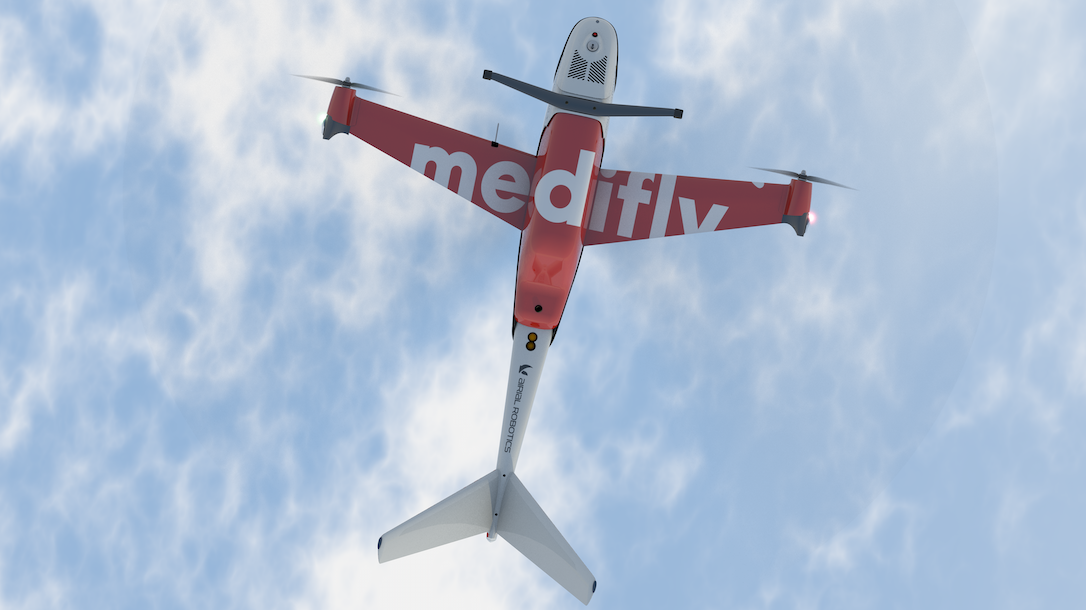
One of these projects is the Innovative Airborne Urban Mobility (iLUM) project conducted by the Hamburg Metropolitan Region's major univiersities. Supported by state research funding from Hamburg, the project aims to assess the future viability of different usage scenarios. One promising scenario is the transport of medical goods between hospitals and labs. This new form of medical logistics is to be realised e.g. by the Medifly project, which is supported by the Hamburg Ministry of Economy and Innovation, FlyNex, GLVI Gesellschaft für Luftverkehrsinformatik, Hamburg Aviation, the Logistics Initiative Hamburg, Lufthansa Technik, and the Center of Applied Aeronautical Research (ZAL). Various clinics are also involved in the project. However, the use of drones in Hamburg's airspace is subject to a wide range of regulations. These, in turn, are at the centre of the UDVeo project, where business, science and politics are working together to develop practical concepts and solutions for the integration of UAS (unmanned aircraft systems) into urban airspace. In the Hamburg Metropolitan Region, the future of drones is thus being continuously advanced through small and large cooperations.
Making the future tangible today: best cases
Numerous best cases are already demonstrating the great potential of this forward-looking technology. The ITS World Congress 2021 in Hamburg presented a world premiere in this regard: at the leading congress for intelligent transport systems and services, air taxi pioneer Volocopter flew a specially developed cargo drone ("Volodrone") in public spaces for the very first time.
As part of the FALKE research project, specially developed drones secure the airspace above commercial airports by targeting small flying objects that have entered the restricted area illegally and capture them using a safety net. Developed at Helmut Schmidt University, this civilian drone defence system proved its practicality in 2023: it took just 0.8 seconds for the disruptive drone to hit the net. Meanwhile, HHLA Sky, a subsidiary of Hamburger Hafen und Logistik AG (HHLA), not only uses its drone system to secure the facilities in its home port, but has also developed a globally scalable drone system that allows the safe operation of drones beyond visual range - with parallel operation of more than 100 drones from an integrated control centre.
What is drone technology?
A drone is an unmanned aerial vehicle (UAV) that is controlled remotely and is thus semi-autonomous. Drones can travel individually or be part of a complex system. The way a drone works is similar to that of a helicopter, as the electrically powered rotors provide the lift. The number of propellers determines the type of drone, the most common being the quadrocopter with four rotors.
